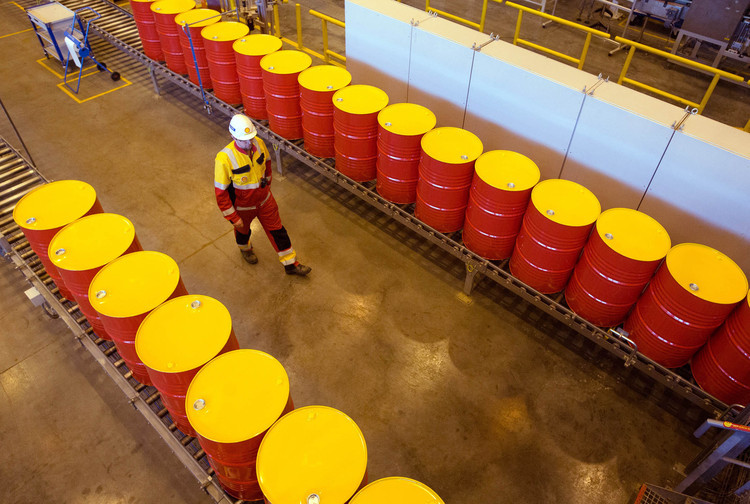
The oil industry may cut spending for a third straight year in 2017 as lower costs kick in and companies continue to grapple with weaker finances because of crude’s slump.
Investments in oil and gas fields are set to drop 24 percent to $450 billion this year, the International Energy Agency said in a report, deeper than the 17 percent decline estimated in February. Capital expenditure fell 25 percent last year, taking out more than $300 billion of spending in two years. Investments will have been cut for two consecutive years for the first time in 40 years, according to the Paris-based agency.
“There are no signs that companies plan to increase their upstream capital spending in 2017,” the IEA wrote in the report. “Many operators have revised downwards their 2016 capital spending guidance throughout the year and, as of September 2016, they plan to maintain 2017 investment at 2016 levels or even” reduce it further.
With an oil glut seen likely to persist until late 2017, companies including Royal Dutch Shell Plc and BP Plc are preparing for a prolonged downturn. Crude’s slump has hit their earnings and increased debt, while their credit ratings have been cut as the biggest companies continue to maintain their dividend payouts. The curb on investment has meant they are spending less on finding new oil fields, driving discoveries to the lowest since 1947.
Exploration spending fell about 30 percent to less than $90 billion last year and is likely to drop further to about $65 billion this year, according to the report. Its share of total spending on oil and gas fields has dropped to 14 percent, the lowest in a decade.
“Companies are putting more effort into developing proven reserves in order to sustain cash flows that had already been hit severely by lower oil prices,” the IEA said. “The impact of reduced spending on exploration usually materializes only several years later, while delaying or canceling an ongoing development project can have a more immediate impact on an oil company’s finances.”
In the boom years, when oil prices rose from about $25 a barrel at the turn of this century to over $100 in 13 years, companies allowed costs to swell as they looked to add reserves and production. Between 2000 and 2014, investments in oil and gas fields increased almost fivefold and capital spending grew 12 percent on average per year, according to the IEA.
The current downturn is now forcing companies to take a long, hard look at their expenditure. Helping them are the lower costs of services and materials, which fell by 15 percent last year and are expected to decline 17 percent this year, according to the agency. Rig-rental rates will probably stay down because of oversupply, while low steel prices are reducing the cost of other equipment, BP Chief Executive Officer Bob Dudley said in July.
About two-thirds of the industry’s reduced spending is because of lower costs while companies stalling projects and work accounts for the remainder, according to the IEA. As oil prices rise in the future, costs would increase again, taking overall investments higher as well.
Brent crude has increased 27 percent this year after touching a 12-year low in January as production fell in the U.S. and demand rose, helping erase some of the oversupply. Still, average prices this year are less than half of what they were in 2014.
The IEA on Tuesday changed its view on the glut, saying the surplus in global oil markets will last for longer than previously thought, persisting into late 2017, as demand growth slows and supply proves resilient. It trimmed projections for global oil demand next year by 200,000 barrels a day to 97.3 million a day and reduced growth estimates for this year by 100,000 barrels a day to 1.3 million a day.
Recommended for you
